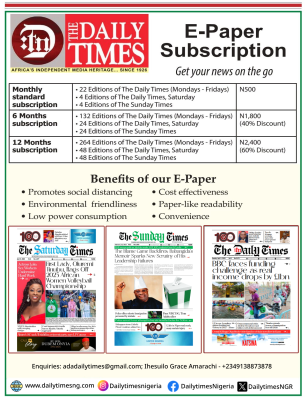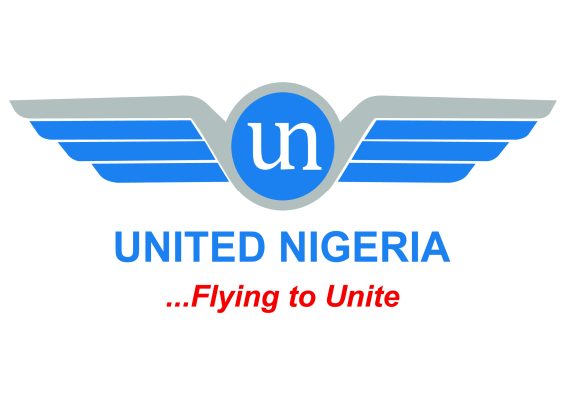Nigeria’s 5G Revolution Stalls as Affordability and Infrastructure Lag Behind

Nigeria may be Africa’s largest smartphone market, but its transition to next-generation connectivity remains painfully slow. Despite having more than 170 million active mobile users, which is the highest on the continent, only about 3 percent of them, roughly five million people, currently use 5G services, according to the Nigerian Communications Commission (NCC).
New data published in the Nigeria Network Performance and 5G Opportunity Analysis report, developed by the NCC in partnership with global internet analytics firm Ookla, shows a country eager for digital progress but constrained by affordability and access challenges. Although Nigeria has made significant progress in deploying modern mobile networks, the gap between availability and actual usage remains wide.
Limited Coverage and Urban Concentration
The report reveals that 5G usage is heavily concentrated in Lagos and the Federal Capital Territory (FCT), Abuja. Even in these two major cities, coverage remains far from complete. Lagos records an average 70 percent 5G gap, while Abuja has a deficit of about 65.6 percent. This means that in the most connected parts of Nigeria, a majority of users still cannot consistently access 5G services.
Outside these urban centres, most Nigerians continue to rely on slower 2G and 3G networks. The persistence of these older technologies underscores the depth of the digital divide, leaving millions cut off from reliable, high-speed internet. This lack of connectivity affects almost every aspect of daily life, from e-commerce and online education to telemedicine and digital banking.
In many rural and low-income areas, the absence of fast internet translates into exclusion from the country’s growing digital economy. “Connectivity has become the new electricity,” said telecoms analyst Funke Alao. “Without it, people are shut out of opportunities in education, healthcare, and commerce. The digital divide is quickly becoming an economic divide.”
The Slow Decline of 3G
While 4G networks have become the dominant broadband technology in Nigeria, serving more than half of mobile users, older networks continue to play a major role. NCC data shows that 4G adoption has climbed to 51 percent, while 3G use has dropped to 7 percent as operators gradually phase it out. Yet 38 percent of mobile users still depend on 2G networks, a sign of how deeply rooted feature phones remain in many communities.
This uneven landscape has created two digital realities. Urban Nigerians can stream videos, trade stocks, and participate in online markets, while millions in rural areas still struggle with basic calls and text services. The digital map of Nigeria, divided between the connected and the disconnected, mirrors the country’s economic inequalities.
High Costs Keep 5G Out of Reach
The slow adoption of 5G is not only a matter of infrastructure. The price of entry is simply too high for most Nigerians. Telecom operators such as MTN and Airtel continue to expand their 5G coverage, but the cost of compatible devices has locked out a large portion of potential users.
As of 2025, entry-level 5G smartphones sell for between ₦160,000 and ₦200,000, equivalent to around three times the national minimum wage. Mid-range devices cost between ₦250,000 and ₦400,000, while premium phones such as Apple’s iPhone 15 and Samsung’s Galaxy S24 Ultra can cost between ₦1 million and ₦3 million.
A recent report by the GSMA estimates that an entry-level smartphone consumes almost half of a low-income earner’s monthly income. As a result, millions of Nigerians continue to rely on older 3G and 4G handsets, even in areas where 5G signals are available.
Operators Compete, But Challenges Persist
MTN, Nigeria’s first 5G operator, currently delivers the strongest overall performance nationwide. Ookla’s data shows that MTN leads in both download and upload speeds, as well as in maintaining low latency, which is crucial for activities such as video conferencing and online gaming. Airtel ranks second, performing strongly in download speeds but showing slightly weaker latency.
However, even these leading providers face major challenges. In Lagos and Abuja, 5G connections remain unstable due to infrastructure constraints, power supply problems, and limited spectrum capacity. Many users with 5G-enabled smartphones report inconsistent access or frequent signal drops.
Mafab Communications, one of the companies awarded a 5G licence in 2022, has still not launched commercial services almost three years later. Industry analysts say this delay reflects deep structural issues, including high financing costs, regulatory bottlenecks, and Nigeria’s notoriously expensive power supply, which drives up operating costs for telecom firms.
A Fast-Digitising Economy Held Back
The NCC’s findings capture a paradox. Nigeria has one of the fastest-growing digital economies in Africa, yet its connectivity infrastructure remains fragile. Smartphone penetration is projected to exceed 70 percent by 2026, and the country’s youthful population has shown remarkable enthusiasm for technology and innovation. However, the slow pace of high-speed network
The uneven connectivity landscape has direct economic consequences. Small and medium enterprises, which make up the bulk of Nigeria’s economy, struggle to fully digitalise their operations. Many cannot use cloud storage, digital payment systems, or advanced analytics tools because of slow or unreliable connections. The productivity gap between connected and disconnected businesses continues to widen.
Bridging the Divide
To close this gap, the NCC has called for greater investment in both 4G and 5G infrastructure, especially in rural areas. The Commission is also urging policies that make smartphones more affordable. These include tax incentives for local assembly plants, government-backed financing schemes, and partnerships with private firms to support flexible payment options such as Buy Now, Pay Later.
The government is reportedly exploring partnerships with private sector investors to roll out rural broadband projects under a public-private partnership model. Such initiatives could accelerate network expansion while creating local jobs in manufacturing and technical maintenance.
Yet experts caution that infrastructure alone will not be enough.
A Future Still Out of Reach
For now, 5G in Nigeria remains a technology available in theory but inaccessible to most citizens. While residents of Lagos and Abuja enjoy glimpses of faster speeds, the majority of the country still depends on older networks.
The promise of 5G lies in its potential to transform industries, create jobs, and connect millions. However, this promise can only be realised if access is universal. Nigeria’s path to a truly digital economy will require not only investment and innovation but also policies that place inclusion at the centre of development.
Until affordability, access, and infrastructure align, the 5G dream for most Nigerians will remain just that: a dream waiting to come true.








